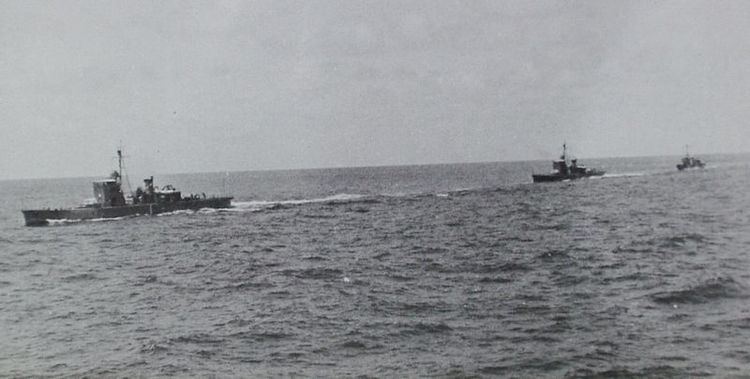Built 1933 – 1936 | Succeeded by No. 4-class | |
 | ||
Name No. 1-class submarine chasersNo. 1-class (Project nomber K3)No. 3-class (Project number K4) Builders Uraga Dock CompanyTōkyō Ishikawajima ShipyardAsano Shipyard Cost 1,525,700 JPY (No. 1-class)1,530,000 JPY (No. 3-class) | ||
The No. 1-class submarine chaser (第一号型駆潜艇,, Dai 1 Gō-gata Kusentei) was a class of submarine chasers of the Imperial Japanese Navy (IJN), serving during World War II. Three vessels were built in 1933-36 under the Maru 1 Programme and the Maru 2 Programme. They have two sub classes, this article handles them collectively.
Contents
Background
Design
Service
No.1-class
No.3-class
References
No.1-class submarine chaser Wikipedia(Text) CC BY-SA
